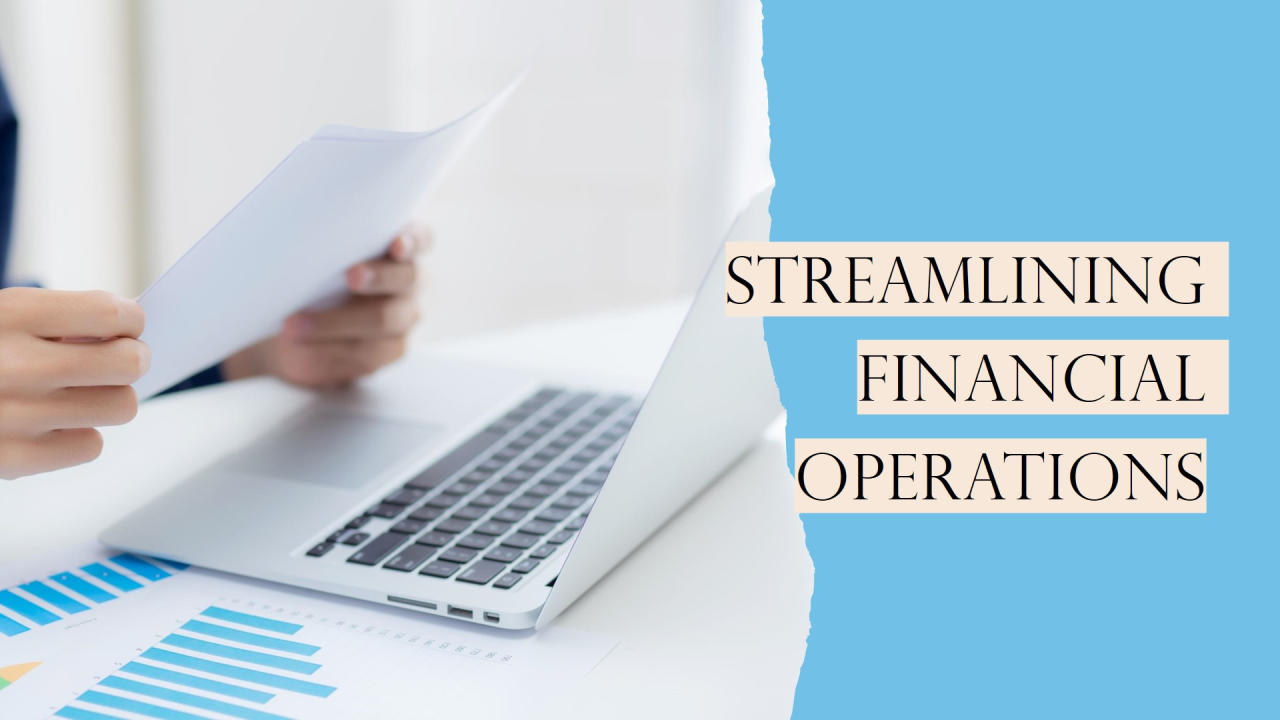Finance teams in large and mid-sized organizations are under mounting pressure to do more with less. Manual invoice processing, keying in data, validating line items, matching purchase orders, and routing approvals, creates bottlenecks that slow down operations and increase the risk of errors.
See how Best-in-Class AP teams achieve 79% lower processing costs and 79% faster cycle times than their peers, according to Ardent Partners. These performance gains are made possible by leveraging automation at the core of accounts payable.
This is where invoice processing automation software comes into play. By combining AI, machine learning, and workflow automation, these platforms streamline the entire invoice lifecycle, reducing manual intervention and empowering finance teams to focus on strategy.
In this blog, we’ll explore what invoice processing automation is, how it works, its benefits, common challenges it solves, and why it’s quickly becoming indispensable for modern finance operations.
What is Invoice Processing Automation?
Invoice processing automation uses software powered by AI and machine learning to digitize, capture, validate, and route invoices without manual effort. Unlike traditional OCR tools that only extract text, modern automation platforms enrich and validate invoice data against purchase orders, ERP records, or vendor databases to ensure accuracy and compliance.
With invoice processing automation software, businesses can:
- Ingest invoices in multiple formats (PDFs, scans, EDI, emails).
- Automatically extract invoice numbers, vendor details, line items, and totals.
- Validate information against ERP or purchase order data.
- Flag exceptions for human review.
- Route invoices for approval through customizable workflows.
- Post validated invoices directly into accounting systems.
The result: a faster, more accurate, and audit-ready invoice management process.
Benefits of Invoice Processing Automation
Adopting automation in invoice workflows delivers a wide range of benefits:
- Time Savings: Reduces invoice processing cycles from weeks to hours.
- Cost Reduction: Cuts operational costs tied to manual data entry and error corrections.
- Improved Accuracy: AI-driven validation minimizes errors and duplicate payments.
- Compliance Readiness: Provides automated audit trails and fraud detection safeguards.
- Cash Flow Visibility: Real-time tracking of payables supports better forecasting and vendor negotiations.
- Vendor Satisfaction: Faster approvals and payments improve supplier relationships.
- Scalability: Handles thousands or millions of invoices without requiring larger AP teams.
- Employee Productivity: Frees staff from repetitive tasks to focus on higher-value finance initiatives.
Key Features of Invoice Processing Automation Software
To truly transform AP operations, the right invoice processing automation software should include:
- AI-Powered OCR: Extracts structured data from varied invoice layouts and formats.
- Validation Rules: Cross-checks invoice details against purchase orders and ERP systems.
- Exception Handling: Flags anomalies for human review while processing accurate invoices automatically.
- Workflow Automation: Routes invoices for approvals based on configurable business rules.
- Seamless Integrations: Connects with ERP, CRM, and accounting systems for real-time updates.
- Audit Trails & Security: Maintains compliance with strict industry standards like SOX, HIPAA, and GDPR.
- Machine Learning Feedback: Learns from corrections to improve future processing accuracy.
The Future of Invoice Processing Automation
The evolution of invoice automation is moving toward deeper intelligence and predictive capabilities:
- AI-Driven Forecasting: Anticipates cash flow impacts of payables before they occur.
- Touchless Processing: End-to-end invoice handling with minimal human involvement.
- Embedded Finance: Linking invoice workflows directly with financing options during shortfalls.
- Collaborative Dashboards: Allowing teams across procurement, finance, and operations to align in real time.
- Hyperautomation: Combining invoice processing with robotic process automation (RPA) for seamless workflows.
Final Thoughts
Manual invoice handling is costly, time-consuming, and prone to error. In contrast, invoice processing automation software streamlines financial operations by delivering speed, accuracy, compliance, and real-time visibility into payables.
As enterprises seek to build resilience and agility, automating invoice workflows is no longer a back-office efficiency play, it’s a strategic enabler for stronger vendor relationships, improved cash flow management, and sustainable growth.
The takeaway is clear: organizations that embrace automation today will set the pace for financial excellence tomorrow.
